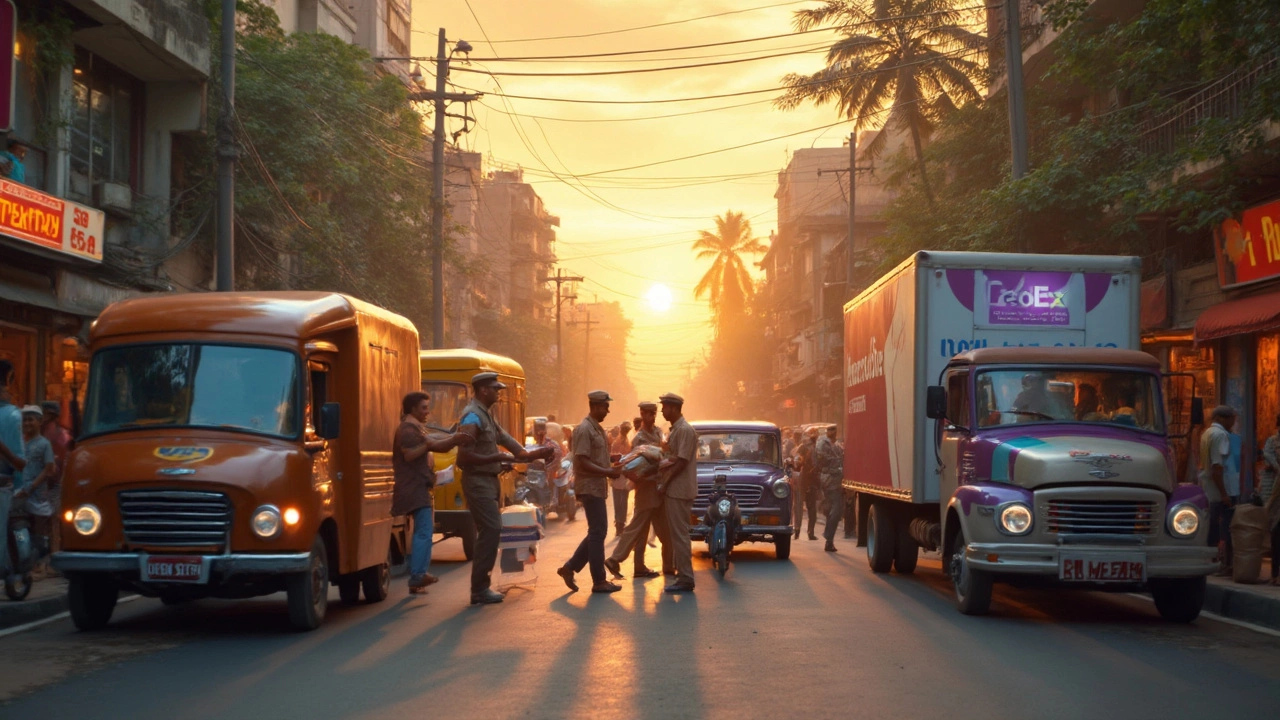Shipping Speeds Explained: Pick the Right Delivery Time for Your Package
When you order online or need to send a bike across town, the first question is simple – how fast will it get there? Shipping speed isn’t just a number; it’s a mix of service type, distance, and the carrier’s processes. Understanding the basics helps you avoid surprise delays and extra fees.
Common Shipping Speed Options
Same‑day delivery is the fastest tier. It’s usually limited to major cities and works when you place the order early in the morning. Couriers allocate a dedicated fleet to grab packages and drop them off before sunset. Expect a premium price, but you’ll have the item in a few hours.
Overnight or next‑day shipping is the next step up. Most big players like UPS, FedEx, and local couriers guarantee delivery by the next business day if you meet the cut‑off time. This option balances speed and cost, making it popular for urgent documents, electronics, or spare parts for a bike.
2‑3 day shipping is the standard for many e‑commerce orders. It’s affordable and reliable for non‑urgent items. Carriers typically batch packages and use regional hubs, so you might see a day or two of transit before the final delivery.
Ground or economy shipping is the slowest but cheapest. It can take a week or more for long‑distance routes. This is ideal for bulk items, non‑perishable goods, or when you’re not in a rush.
How to Get Faster Delivery
First, check the carrier’s cut‑off time. This is the latest hour you can book a shipment and still qualify for the promised speed. Miss the deadline and you’re automatically pushed to the next slower tier.
Second, choose the right service level at checkout. Most online stores let you compare “Standard,” “Express,” and “Same‑Day” options with clear price tags. Pick the one that matches your urgency – don’t overpay for faster service you don’t need.
Third, pack smart. Heavy or irregularly shaped items can trigger extra handling fees and slower routes. Use a sturdy box, keep dimensions tight, and label the package clearly. Some couriers even offer a “priority handling” add‑on that skips the bulk line.
Fourth, track your shipment. Real‑time tracking lets you spot delays early and contact the carrier before the package sits in a hub for too long. Many apps send push notifications when the package scans at each checkpoint.
Finally, consider local couriers for short distances. They often have flexible pick‑up windows and can beat the national carriers on speed, especially in cities like Chennai where traffic patterns are well known.
Remember, speed usually means higher cost. Balance your budget with how urgently you need the item. For a bike transport, you might opt for overnight to avoid extra mileage fees, while a spare part could wait a few days.
In short, know the tiers – same‑day, overnight, 2‑3 day, and economy – check cut‑off times, pack efficiently, and use tracking to stay ahead. With these tips, you’ll ship smarter, save money, and get your items when you need them.
